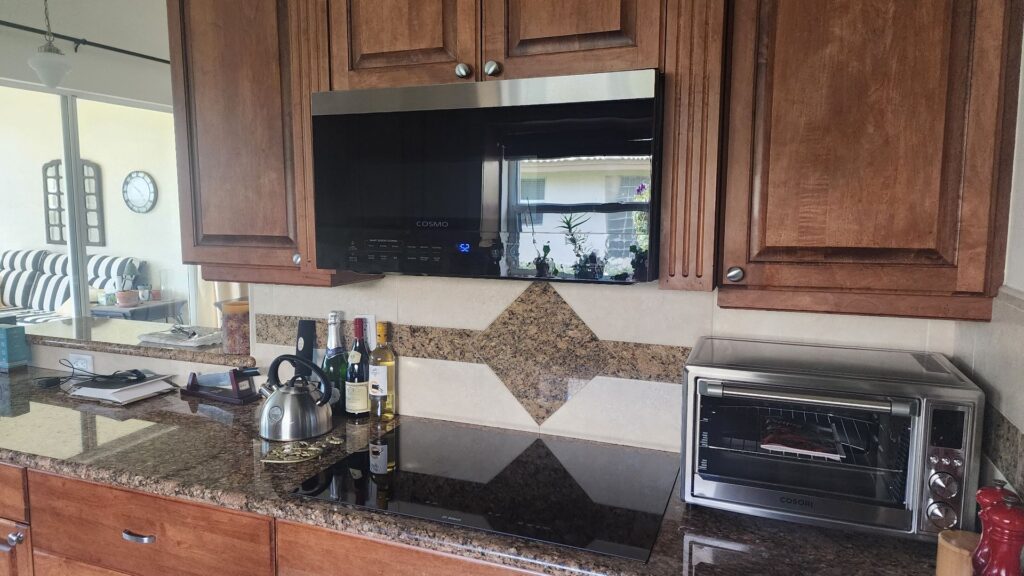Over-the-Range vs. Countertop Microwaves: Pros and Cons
Microwaves are essential kitchen appliances that offer convenience and efficiency when it comes to reheating, defrosting, and cooking a variety of foods. When choosing a microwave for your kitchen, you’ll likely encounter two primary options: over-the-range and countertop models. In this blog post, we’ll explore the pros and cons of each type to help you make an informed decision based on your specific needs and kitchen layout.
Over-the-Range Microwaves:
Pros:
1. Space-saving Design: Over-the-range microwaves are designed to be mounted above your stove, saving valuable countertop space and creating a streamlined look in your kitchen.
2. Ventilation: Many over-the-range microwaves come equipped with built-in ventilation systems, including exhaust fans and filters, to help remove smoke, steam, and cooking odors from your kitchen.
3. Integrated Lighting: In addition to providing cooking functionality, over-the-range microwaves often feature built-in lighting to illuminate your stovetop, making it easier to monitor your cooking.
4. Seamless Integration: Over-the-range microwaves are designed to seamlessly integrate with your existing cabinetry and stove, creating a cohesive look in your kitchen.
Cons:
1. Installation Challenges: Installing an over-the-range microwave requires careful measurement and mounting to ensure proper fit and ventilation. Professional installation may be necessary, adding to the overall cost.
2. Limited Accessibility: Placing the microwave above the stove may make it less accessible for shorter individuals or those with mobility issues, especially when handling hot or heavy dishes.
3. Reduced Capacity: Over-the-range microwaves typically have smaller interior capacities compared to countertop models, limiting the size of dishes and cookware that can be used.
Countertop Microwaves:
Pros:
1. Easy Installation: Countertop microwaves require minimal installation and can be placed on any flat surface in your kitchen, offering greater flexibility in terms of placement.
2. Accessibility: Countertop microwaves are easily accessible to users of all heights and abilities, making them ideal for households with diverse needs.
3. Larger Capacity: Countertop microwaves generally have larger interior capacities compared to over-the-range models, allowing for the use of larger dishes and cookware.
4. Portability: Countertop microwaves can be easily moved or relocated within your kitchen or even to other areas of your home if needed.
Cons:
1. Takes up Counter Space: One of the main drawbacks of countertop microwaves is that they occupy valuable countertop space, which may be limited in smaller kitchens.
2. Lack of Ventilation: Unlike over-the-range microwaves, countertop models do not typically include built-in ventilation systems, which may result in less effective odor and steam removal.
3. Potential Clutter: Placing a countertop microwave on your kitchen counter may contribute to visual clutter, especially if you have limited counter space or prefer a minimalist aesthetic.
When deciding between an over-the-range and countertop microwave, it’s essential to consider your kitchen layout, available space, and personal preferences. While over-the-range microwaves offer space-saving design and integrated ventilation, countertop models provide greater accessibility and flexibility in placement. By weighing the pros and cons of each type, you can choose the option that best meets your needs and enhances the functionality and aesthetics of your kitchen.

